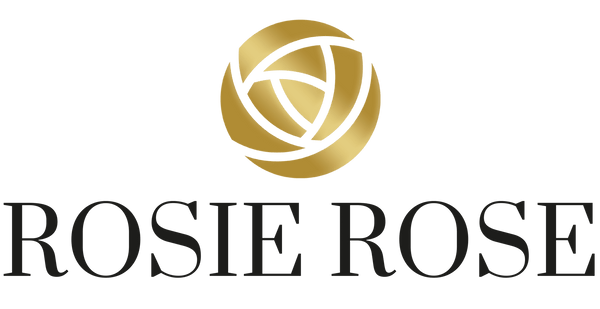Cornflowers at War: Meaning and History
The cornflower is a pretty, blue flower native to Europe. It is often found in nature and has a long history as an ornamental plant. However, over the years the cornflower has also taken on meaning as a symbol of various things. During World War I and World War II, the cornflower became a symbol of war victims and those fighting for their country's freedom and independence. In this article we will take a closer look at the importance and history of the cornflower in war.
The importance of the cornflower in war
During World War I, the cornflower became a symbol of soldiers going to war. The flower was a common sight on the battlefields and was often found in the trenches. The soldiers often wore cornflowers on their uniforms or helmets to show their solidarity with their comrades. The cornflower also symbolized the hope for an end to the war and a life in peace and freedom.
During World War II, the cornflower once again became a symbol of the victims of war and those fighting for freedom. In many countries, cornflowers were used as part of memorial services for the fallen soldiers. The flower was also used by resistance movements as a symbol of their fight against oppression and occupation.
The Story of the Cornflower at War
The history of the cornflower in war goes back to the First World War. The soldiers often wore cornflowers on their uniforms or helmets to show their solidarity with their comrades. It is said that the idea of using the cornflower as a symbol came from a German soldier who discovered the flower in the trenches. The cornflower quickly became a symbol for soldiers on both sides of the war.
During World War II, the cornflower once again became a symbol of the victims of war and those fighting for freedom. In France and other occupied countries, the cornflower was used as a symbol by resistance movements to express their rejection of the occupying power. The cornflower was also used by the French as a symbol to commemorate the 1918 Armistice.
In many European countries, the cornflower is still a symbol of war victims and those fighting for freedom. However, in some countries, such as Austria and Germany, the cornflower has also become a symbol of nationalist and far-right movements. These groups often use the cornflower as a distinctive sign to express their political views.
The importance of the cornflower in the context of European history and culture
The cornflower has a meaning not only in the context of war history, but also in the context of European history and culture. In many European countries, the cornflower is part of traditional folk culture and is often mentioned in songs, poems and stories. In Austria and Germany, the cornflower is often associated with national consciousness and is seen as a symbol of solidarity with the country and home.
In France, the cornflower has special significance as a symbol of the 1918 Armistice. The cornflower is often used in November as part of commemorations to remember the victims of war and those who fought for freedom.
FAQs
What was the cornflower used as a symbol for in war?
The cornflower was used in war as a symbol of the soldiers who went to war and those who fought for freedom. The flower also symbolized the hope for an end to the war and a life in peace and freedom.
Where is the cornflower still used as a symbol today?
In many European countries, the cornflower is still used today as a symbol of war victims and those fighting for freedom. However, in some countries, the cornflower is also used as a symbol by nationalist and far-right groups.
What is the story of the cornflower at war?
The history of the cornflower in war goes back to the First World War, when soldiers wore the flower as a symbol of their solidarity. During World War II, the cornflower was again used as a symbol of the victims of war and those fighting for freedom.
The cornflower has a long history as a symbol in Europe and was used particularly during the two world wars as a symbol of those fighting for freedom and independence. Although the meaning of the cornflower has been adopted by various groups over the years, its importance as a symbol of hope for peace and freedom remains. It is important to remember that the cornflower has a symbolic meaning that goes beyond political views and ideologies.
It is also important to understand the importance of the cornflower in the context of European history and culture. The cornflower is part of traditional folk culture and is often mentioned in songs, poems and stories. In many European countries, the cornflower is still used today as a symbol of those fighting for freedom and independence.
However, it is also important to note that the cornflower is used as a symbol by some nationalist and far-right groups. We should be aware that the use of the cornflower as a political symbol may detract from the flower's importance as a symbol of hope and remembrance for the victims of war.
Overall, the cornflower is an important part of European history and culture. We should remember that the cornflower is a symbol of hope for peace and freedom and that we should strive to preserve and protect these values. If you want to learn more about cornflowers in art history, you should read our blog post about it.
